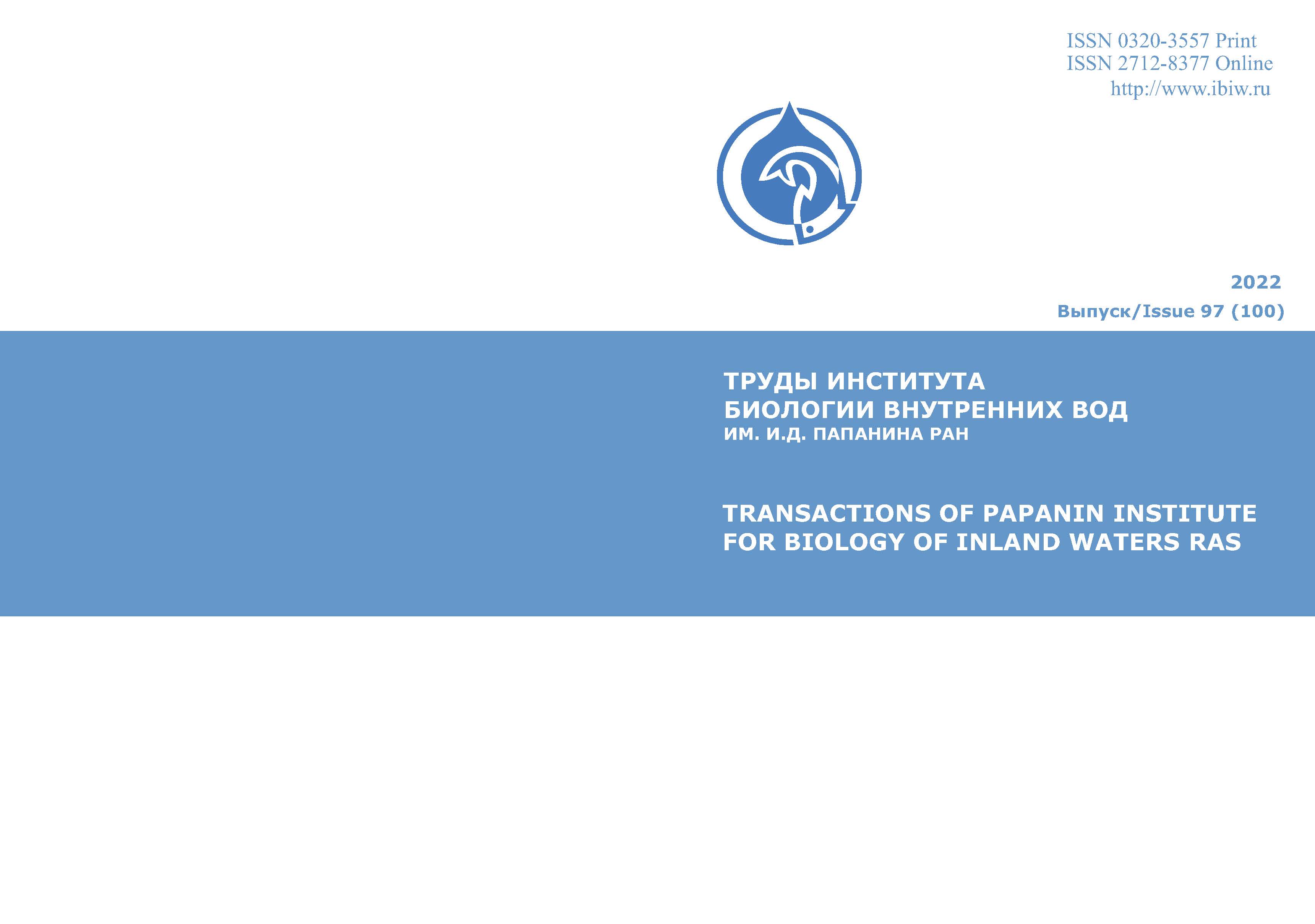The results of the calculations in changes of the phosphorus concentration in the reservoir during the formation of its ecosystem after the initial filling by river waters are presented. During this period, flooded soils and vegetation represent a significant internal source of nutrients that maintain a high level of ecosystem productivity. Calculations are based on the balance model of phosphorus in a completely mixed water body using the average values of the parameters given in the literature. A modification of the phosphorus balance as presented by Dillon and Rigler was used. Phosphorus leaching from flooded soils is approximated by an exponential relationship. Graphically illustrated is a typical course of change in the phosphorus concentration in the reservoir under the influence of flooded soils, which is a relatively rapid increase in concentrations followed by a gradual decrease. The most important parameter of this process is the time of the onset of the maximum concentration. By calculations have obtained dependences of the time of onset of the maximum phosphorus concentration in the reservoir on the intensity of the leaching process and the parameter of the balance equation. This parameter is the ratio of the water exchange coefficient and the phosphorus retention coefficient. It is shown that the time for the onset of the maximum phosphorus concentrations after flooding decreases sharply with an increase in the intensity of water exchange at its small values, but later the role of this factor becomes insignificant.
reservoir, phosphorus regime, phosphorus flow from flooded soils, water exchange coefficient
1. Dacenko Yu.S. Evtrofirovanie vodohranilisch. M.: GEOS, 2007. 252 s.
2. Denisova A.I. Formirovanie gidrohimicheskogo rezhima Dnepra i metody ego prognozirovaniya. Kiev: Naukova dumka, 1979. 292 s.
3. Maystrenko Yu.G., Denisova A.I. K metodike prognozirovaniya organicheskih i biogennyh veschestv v suschestvuyuschih i prognoziruemyh vodoemah // Gidrohimicheskie materialy, 1972. T. 53. C. 86-115.
4. Mordovin A.M., Petrov E.S., Shesterkin V.P. Gidroklimatologiya i gidrohimiya Zeyskogo vodohranilischa. Habarovsk. Dal'nauka, 1997. 137 s.
5. Shesterkin V.P., Shesterkina N.M. Gidrohimiya Bureyskogo vodohranilischa v period zapolneniya (2005-2006 gg.) // Sovremennye problemy vodohranilisch i ih vodosborov. T. II. Perm': PGU. 2007. C. 100-104.
6. Boers P.C.M., Yese O.V. Phosphorus release from the peaty sediments of the Loosdreht Lakes (The Netherland). // Wat. Res. 1988. Vol. 22(3). P. 355-363.
7. Dillon P.J., Rigler F.H. A simple method for predicting the capacity of a lake for development based on lake trophic status // J. Fish. Res. Bd. Can. 1975. Vol. 32. P. 1519-1531.
8. Kimmel B.L., Soballe D.M., Adams S.M., Palumbo A.V., Ford C.J., Bevelhimer M.S. Inter-reservoir interactions: Effect of a new reservoir on organic matter production and processing in a multiple-impoundment series. // Verh. Internat. Verein. Limnol. 1988. Vol. 23. P. 985-994.
9. Miner N.H. The potencial for impact of inundation of terrestrial vegetationon the water quality of Quabbin reservoir of Massachusetts // Wat. Res. Bull. 1974. Vol. 10(6). P. 1288-1297.
10. Ostrofsky M.L., Duthie H.C. An approach to modelling productivity in reservoirs // Verh. Internat. Verein. Limnol. 1978. Vol. 20. P. 1562-1567.
11. Teru Ioriya, Satoshi Inoue, Masaru Haga, Noriaki Yogo. Change of chemical and biological water environment at a newly-constructed reservoir // Wat.Sci.Tech. 1998. Vol. 37. № 2. P. 187-194.








